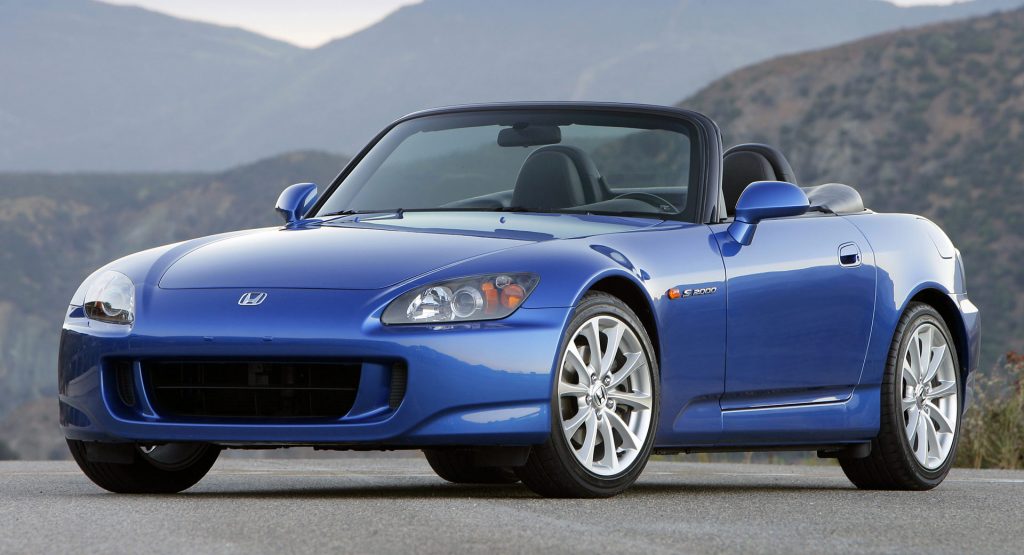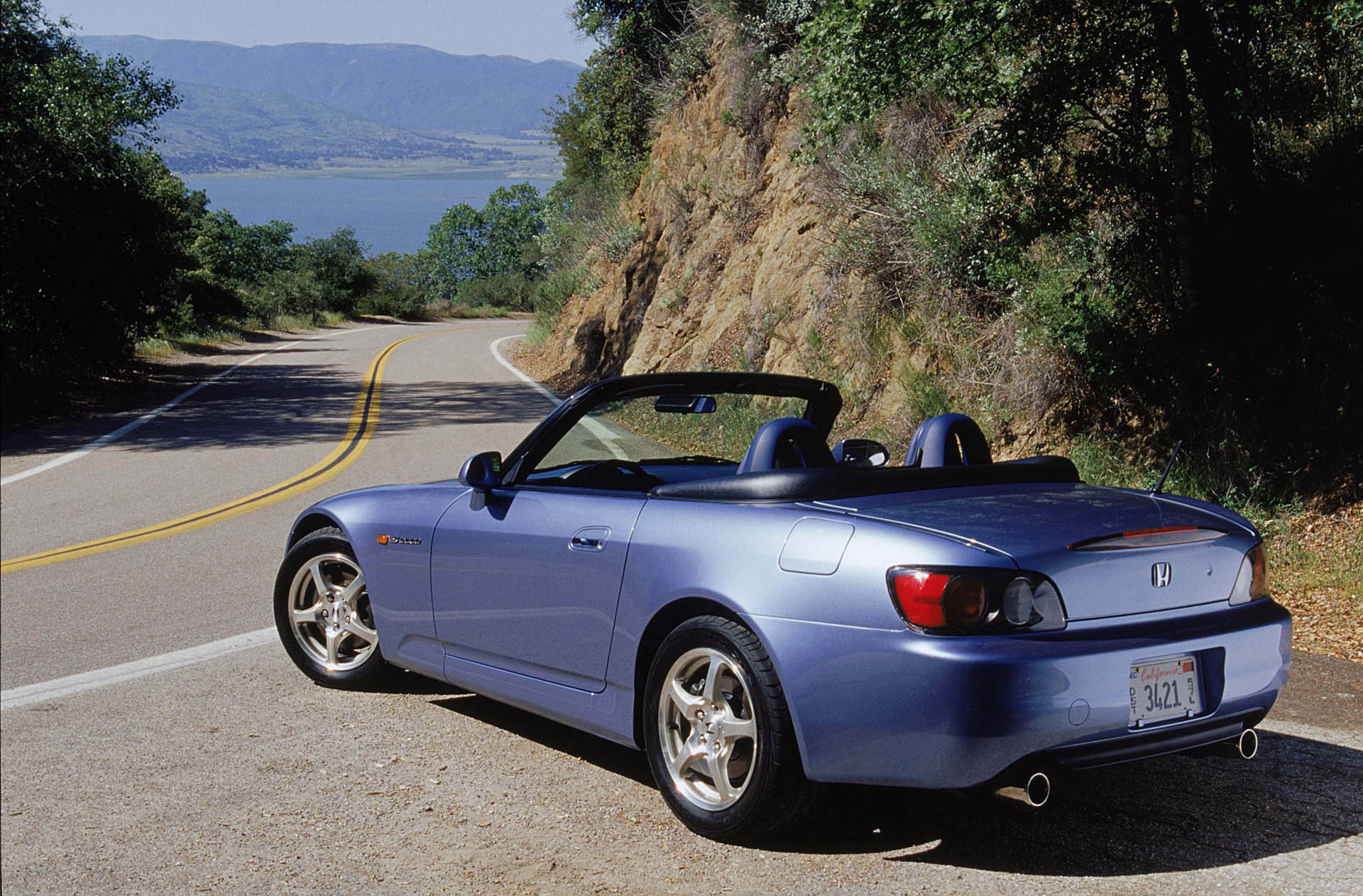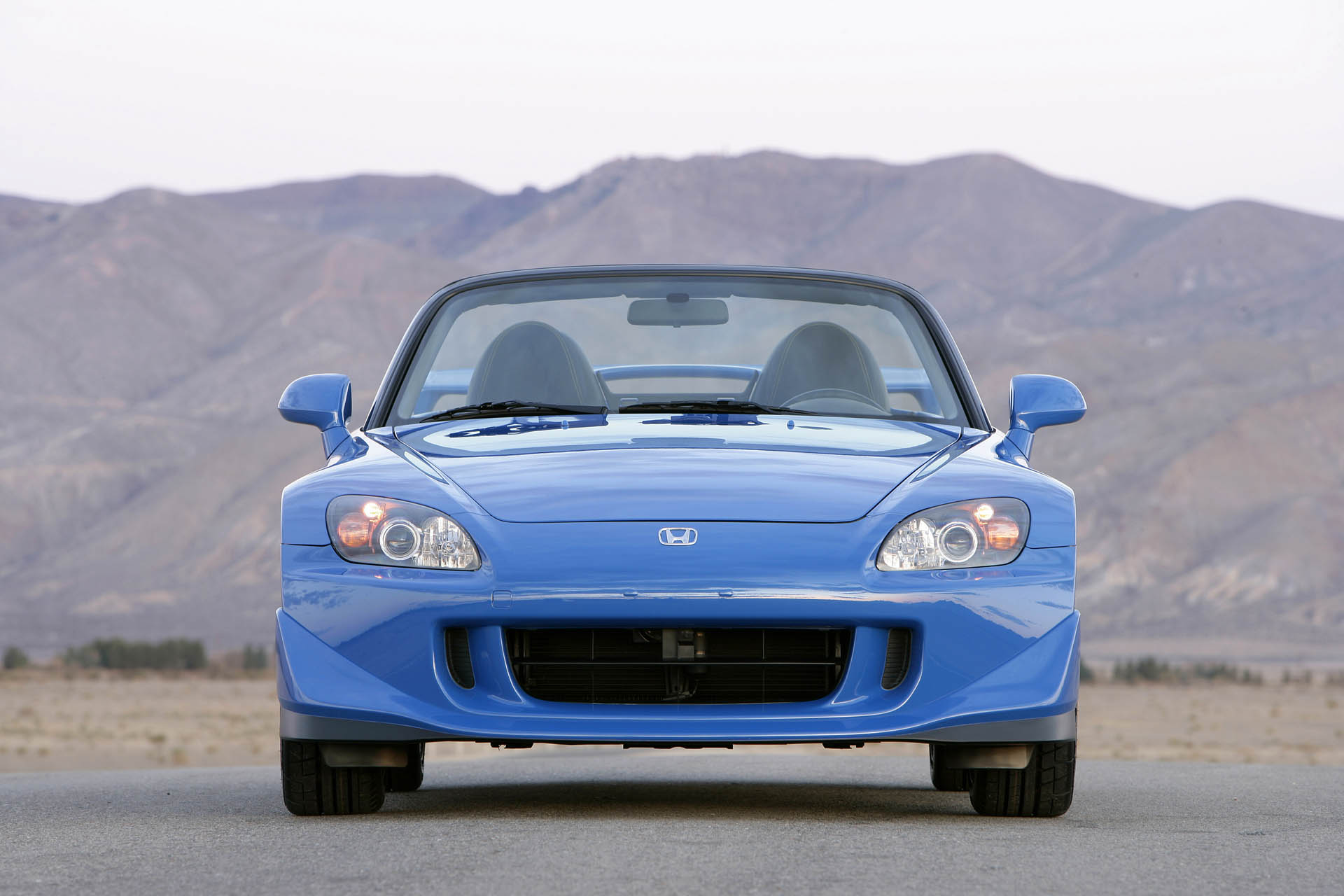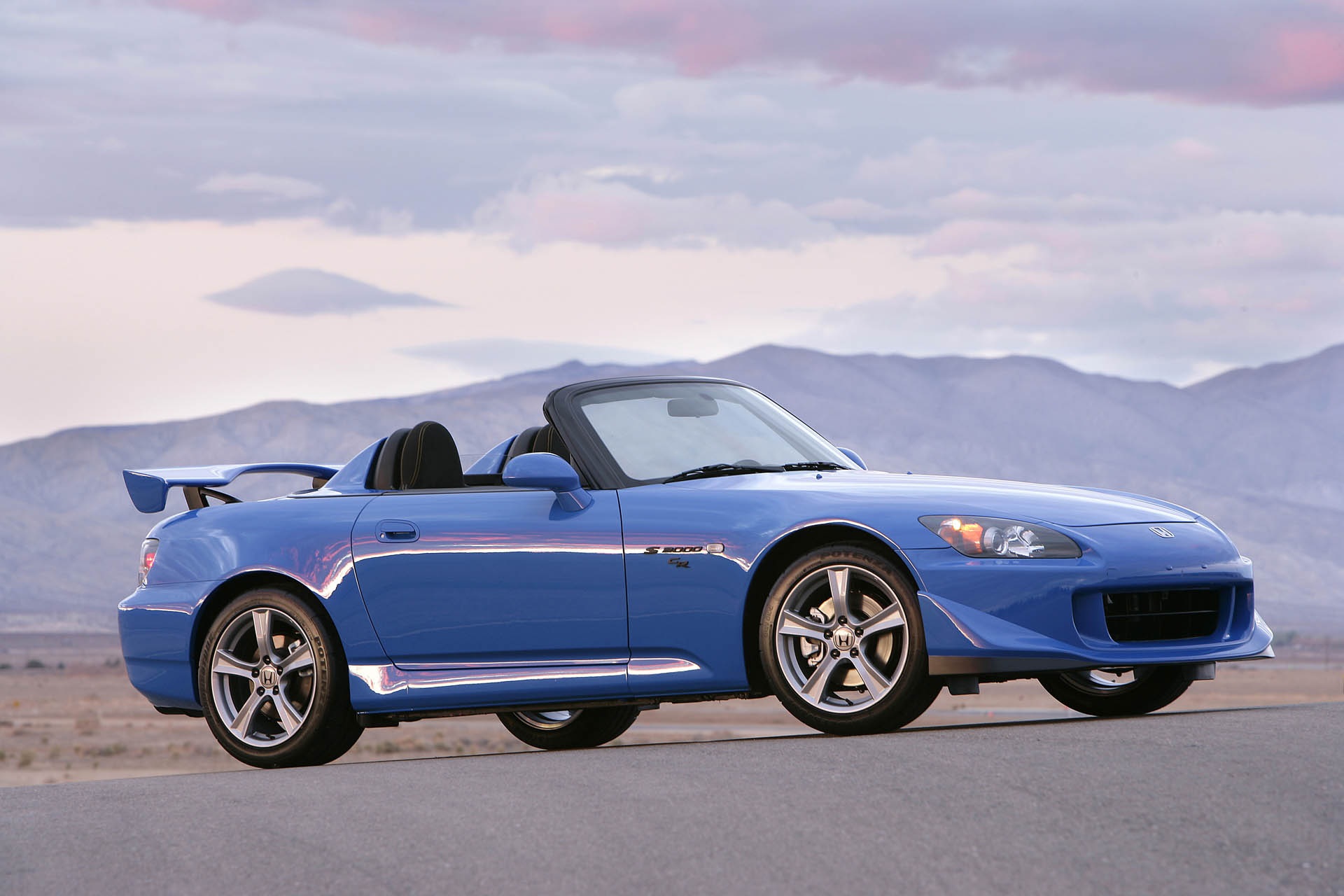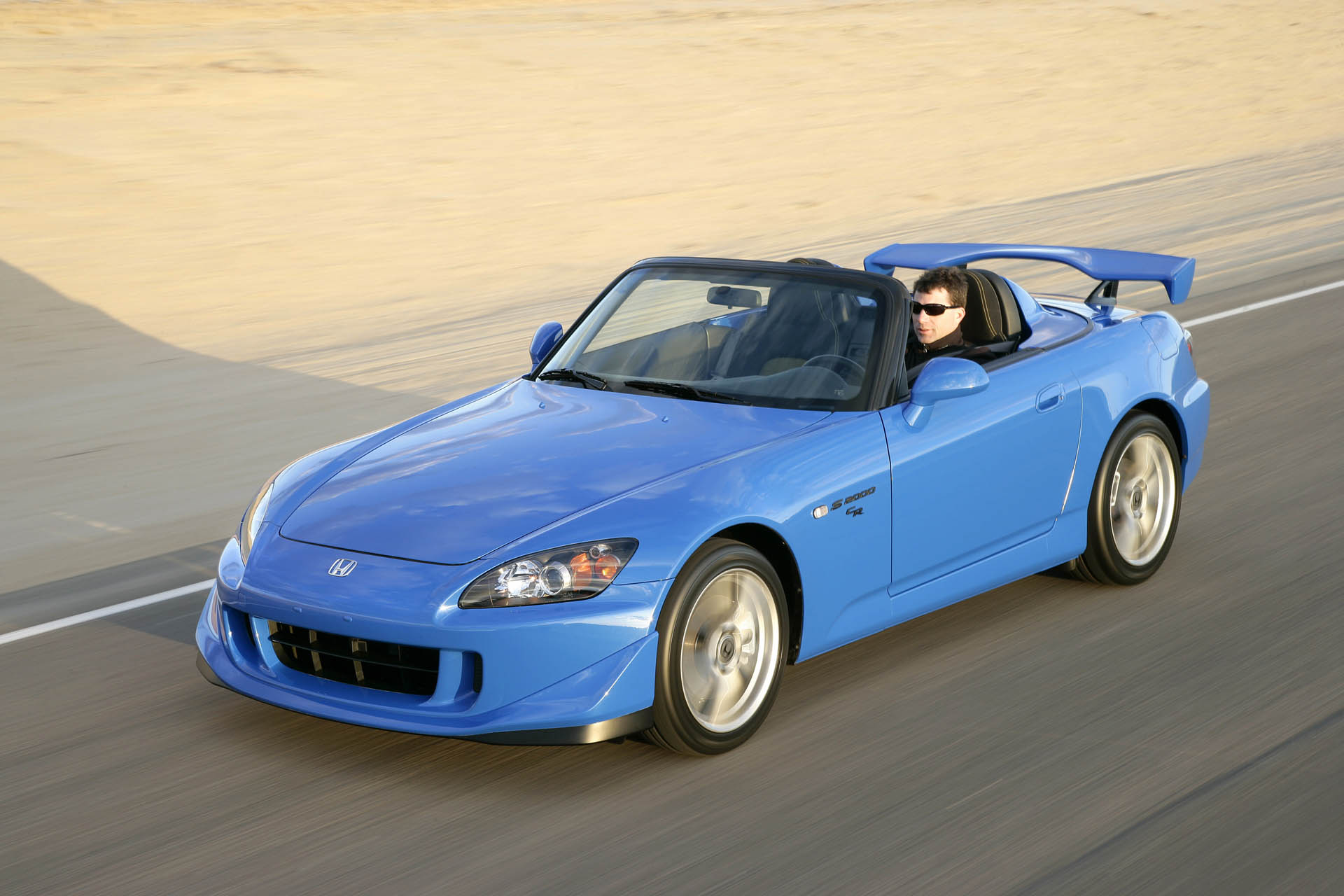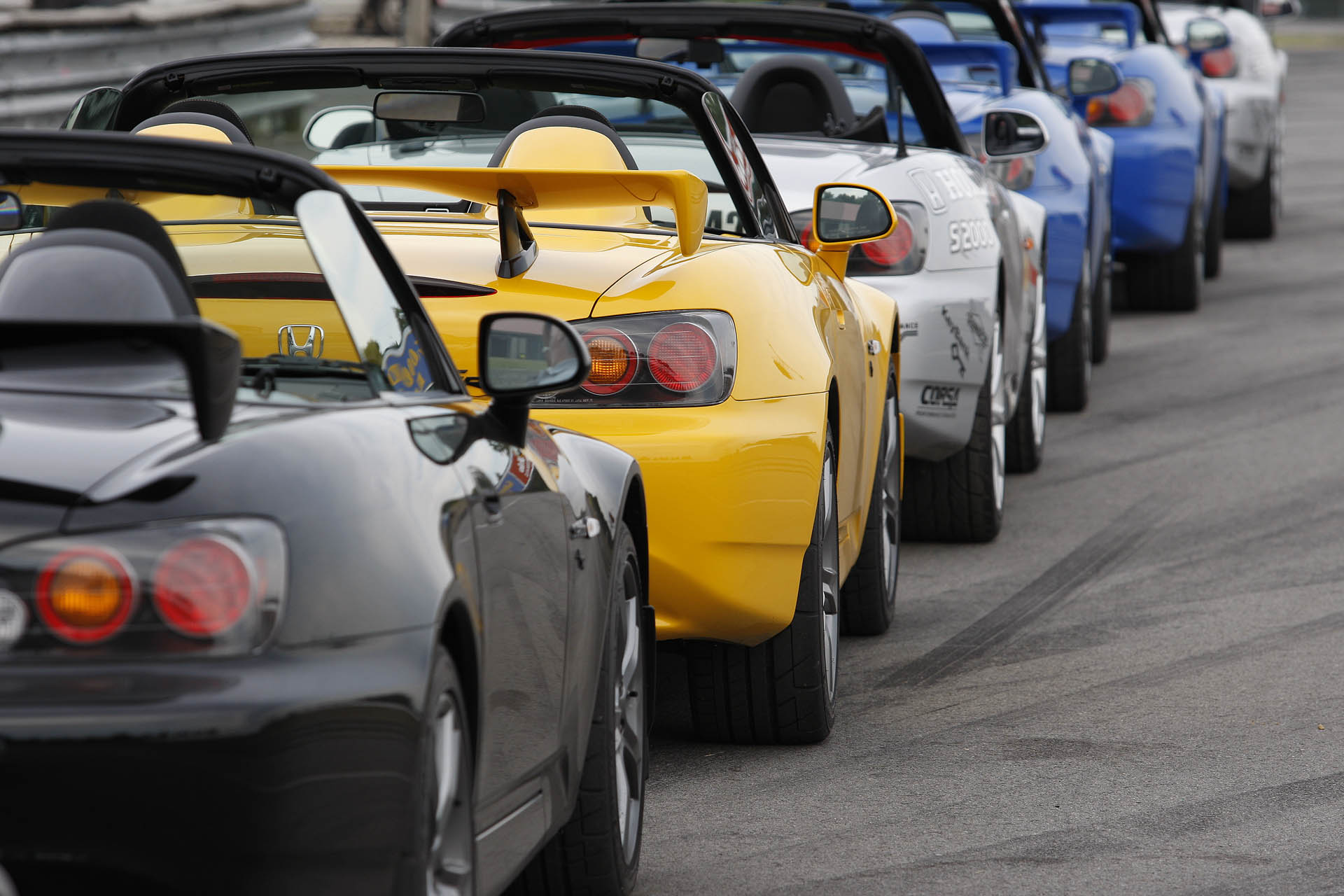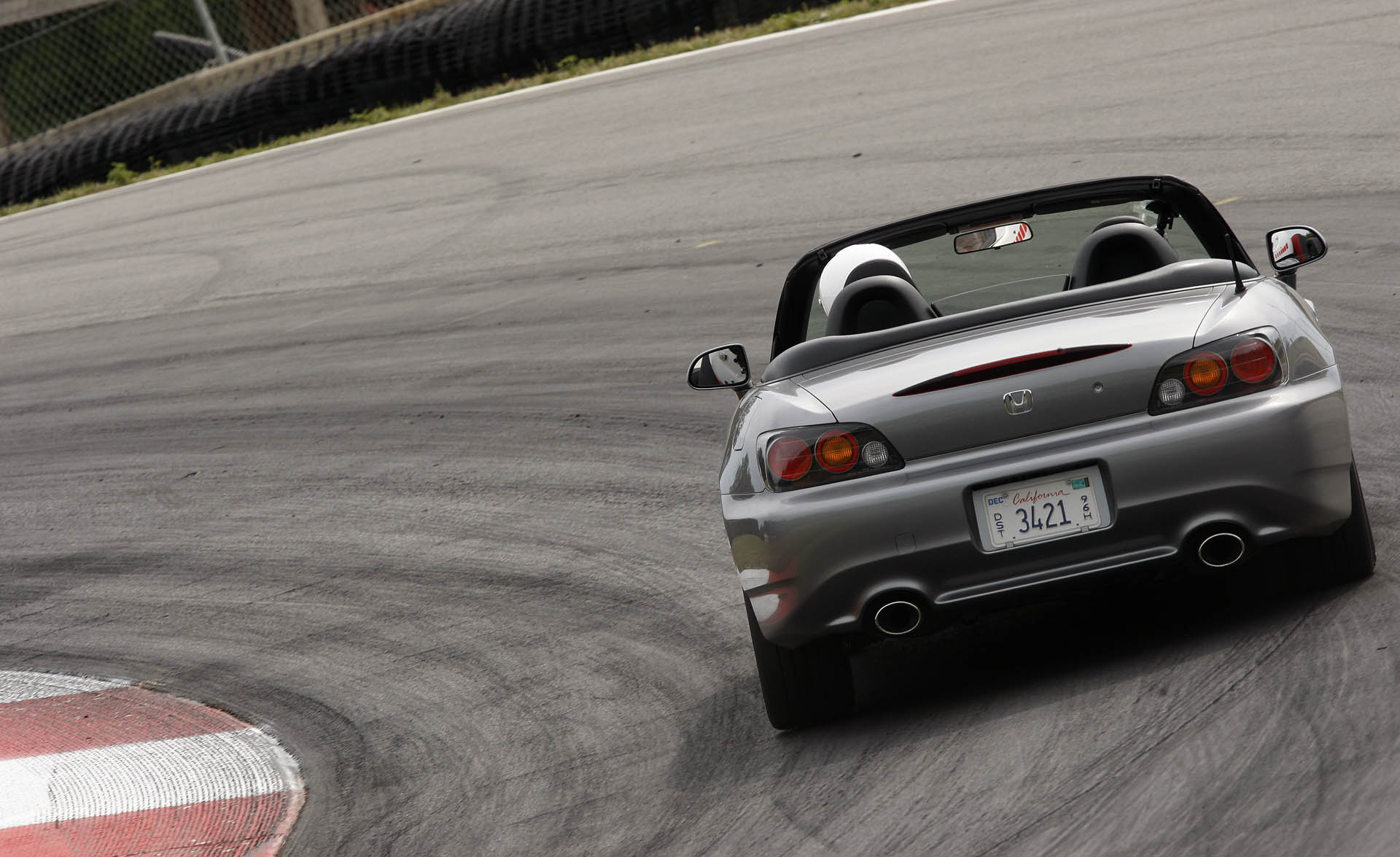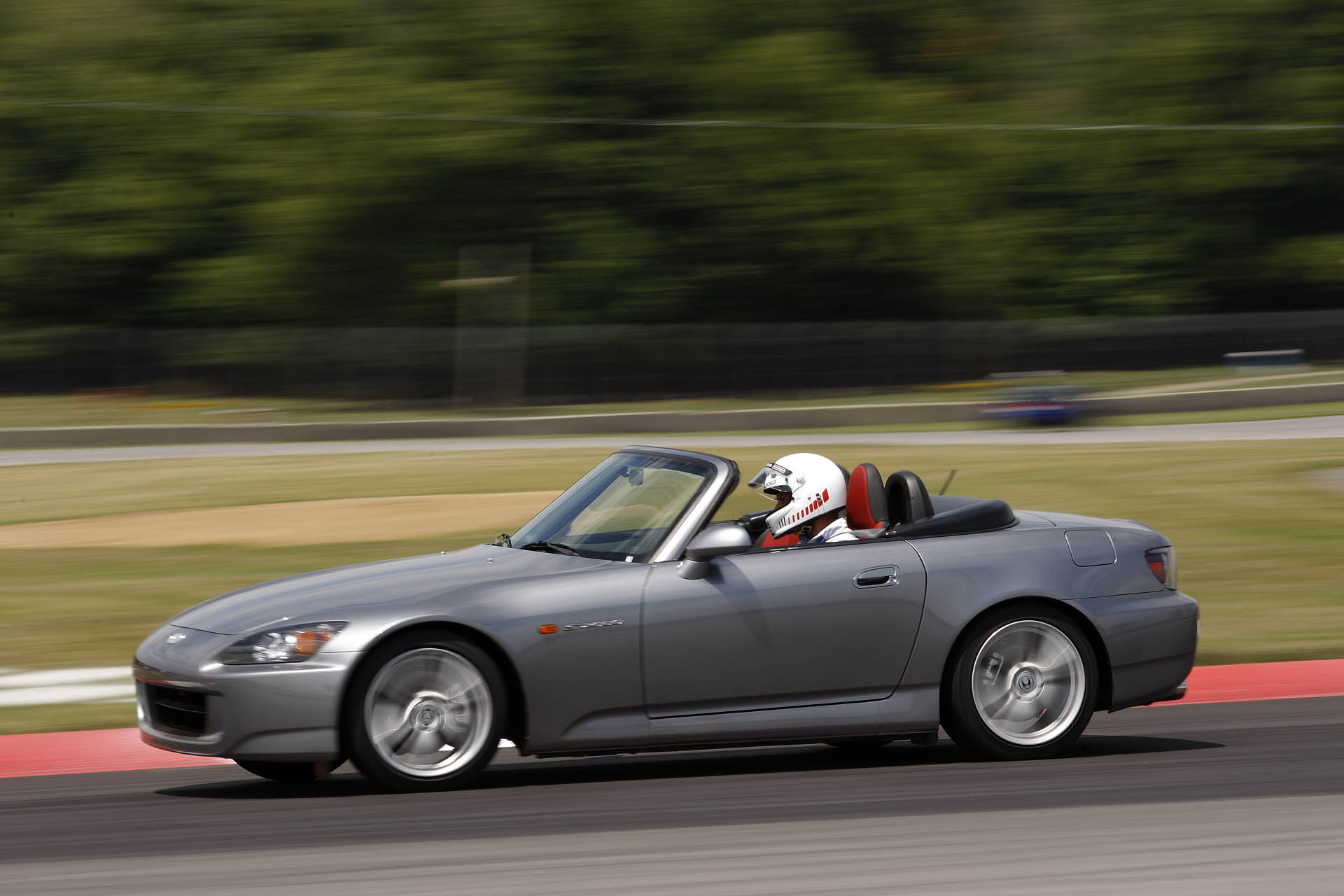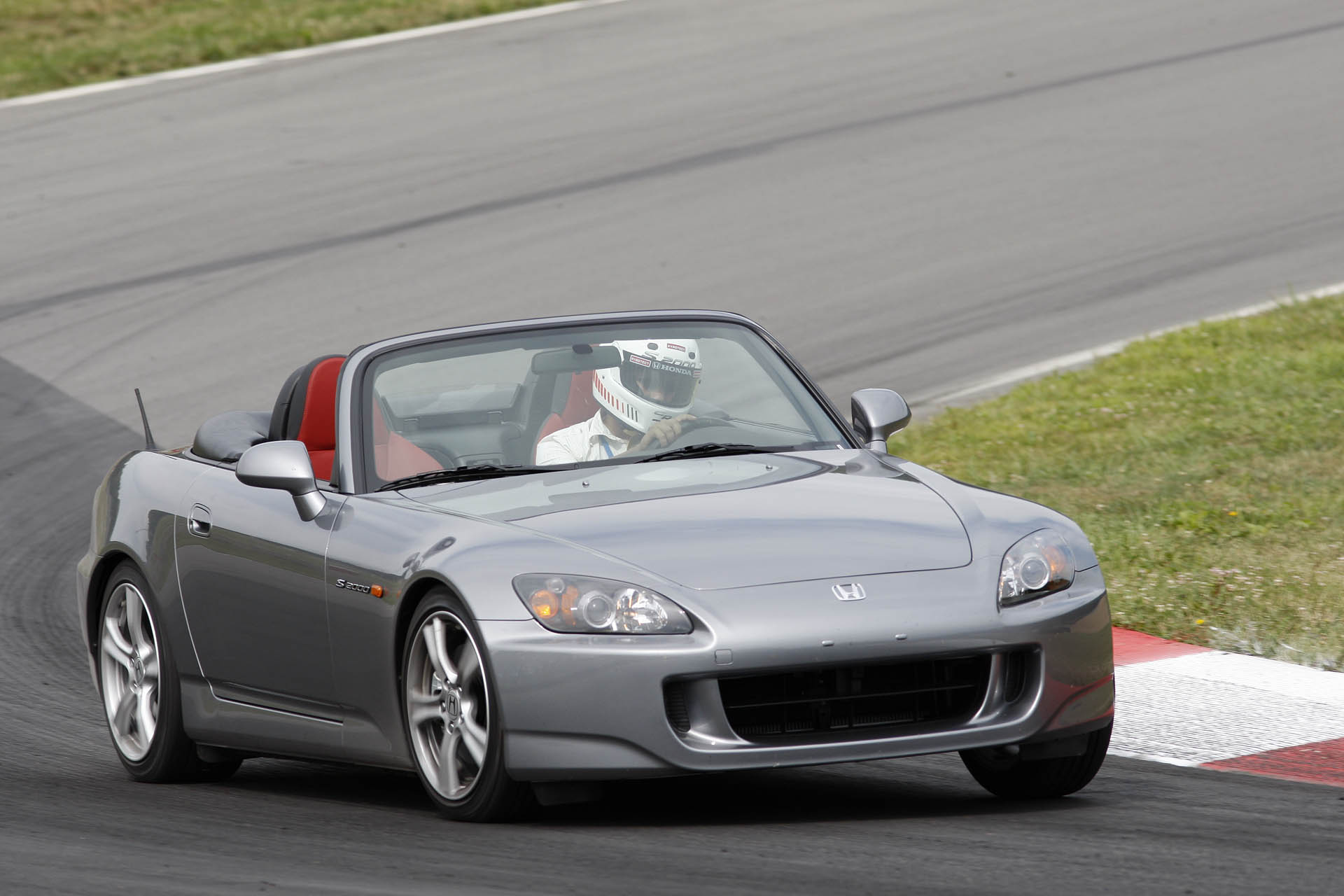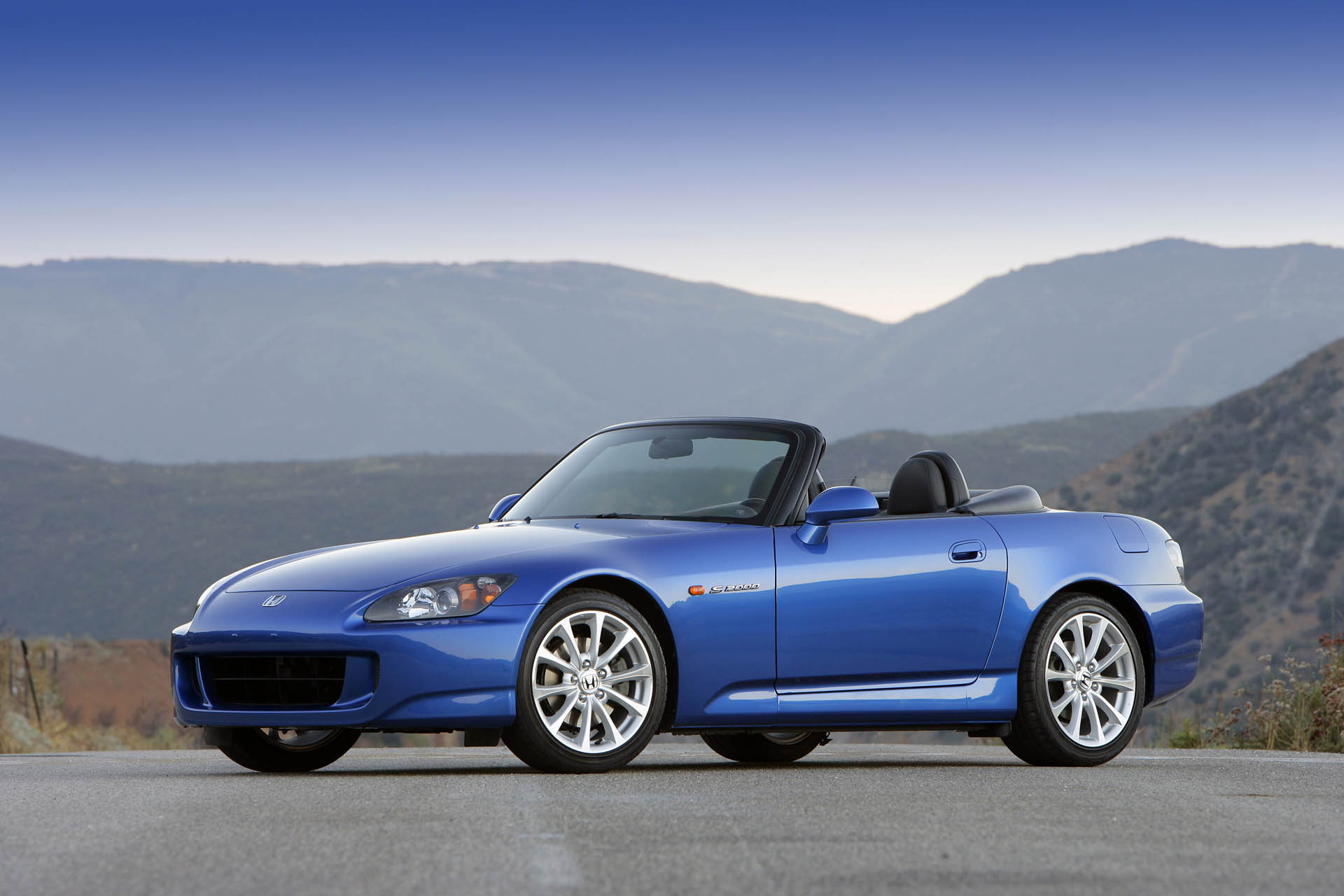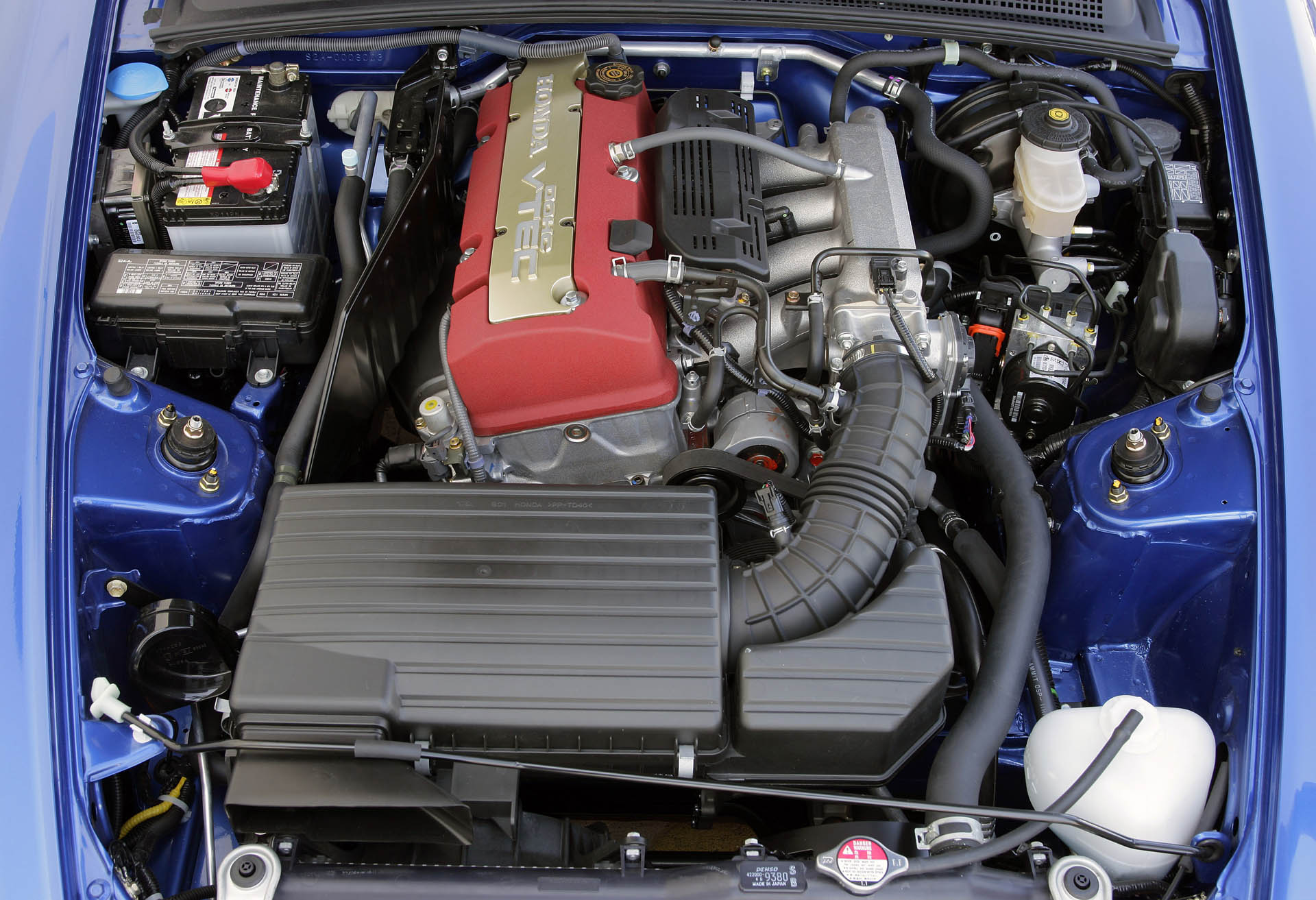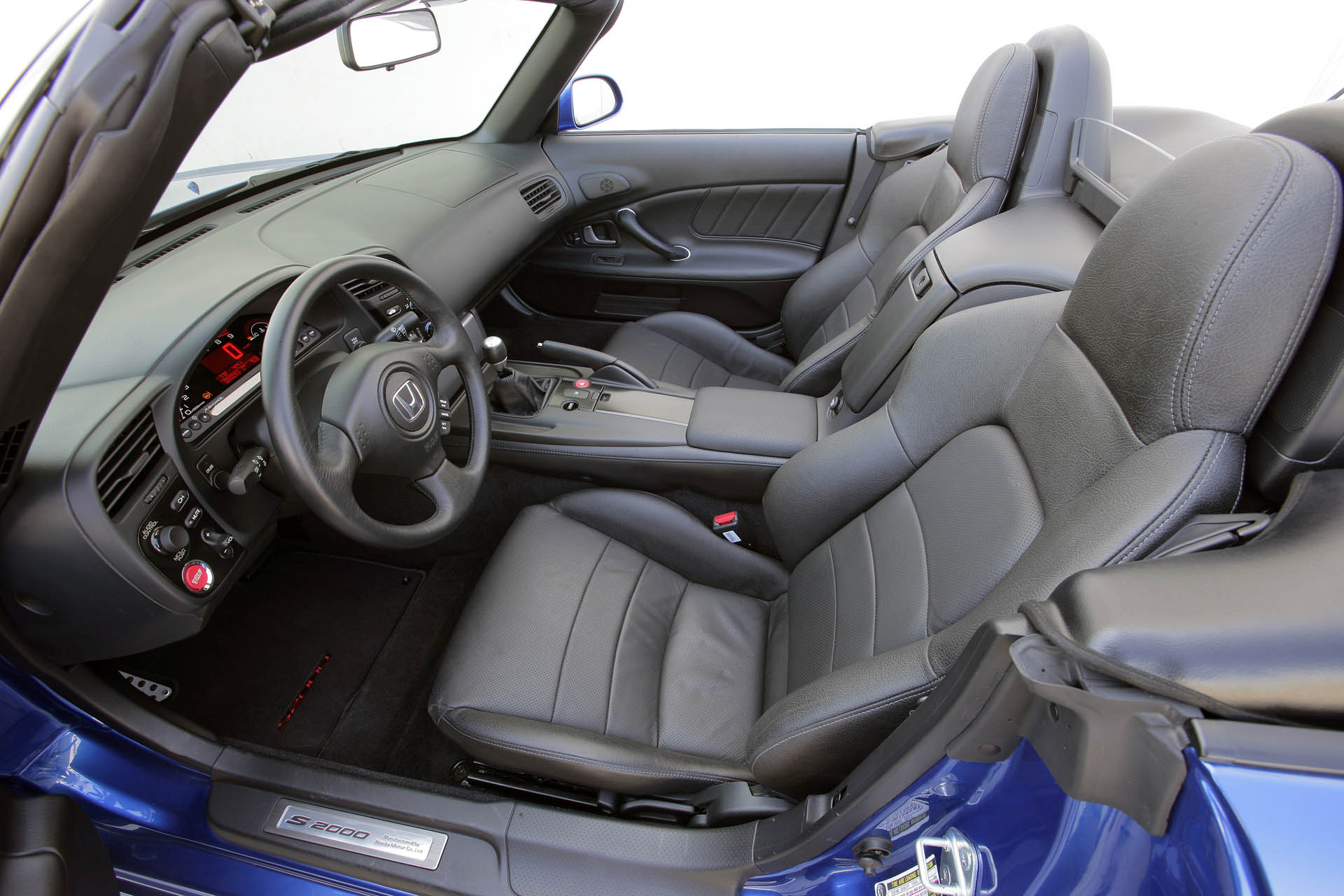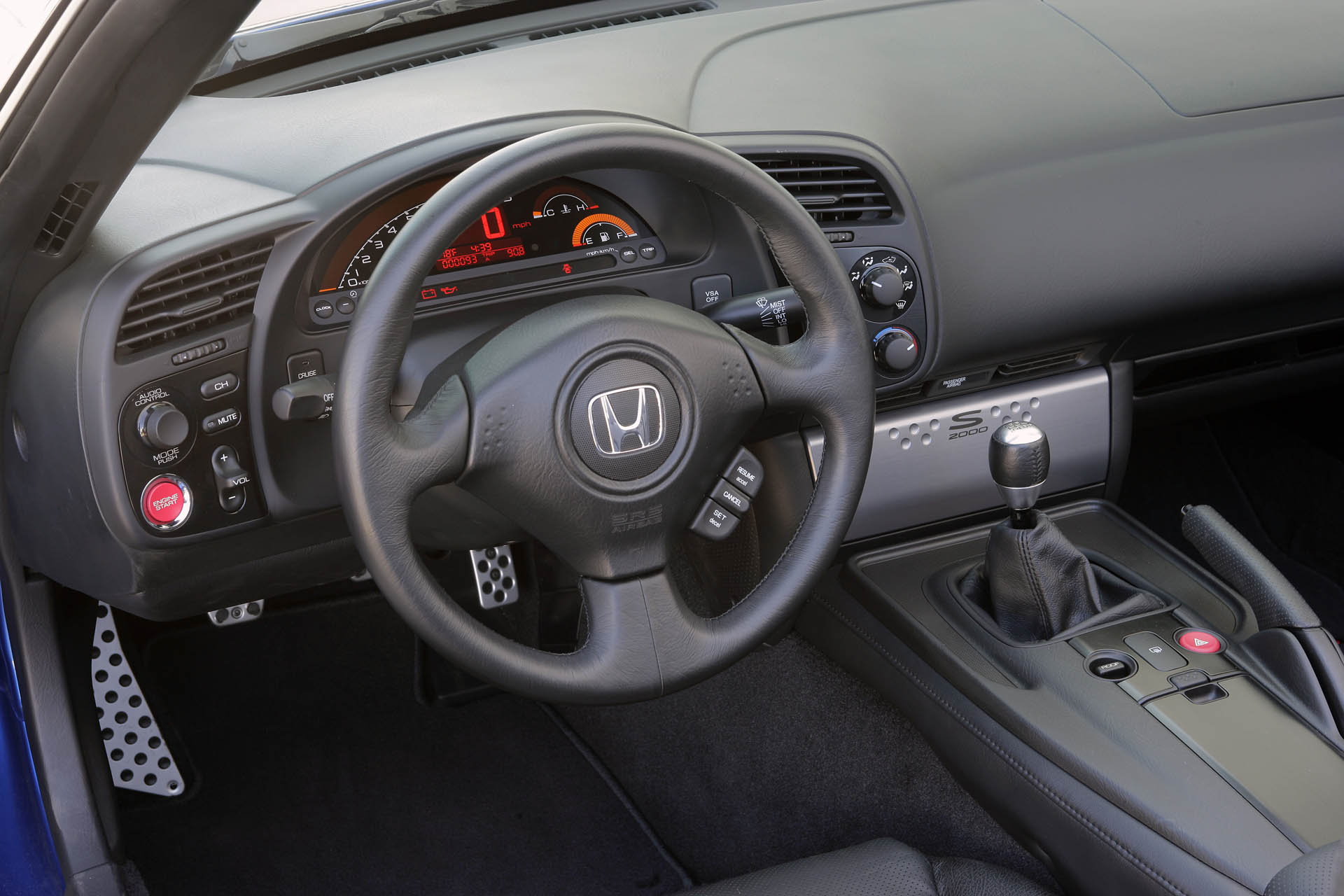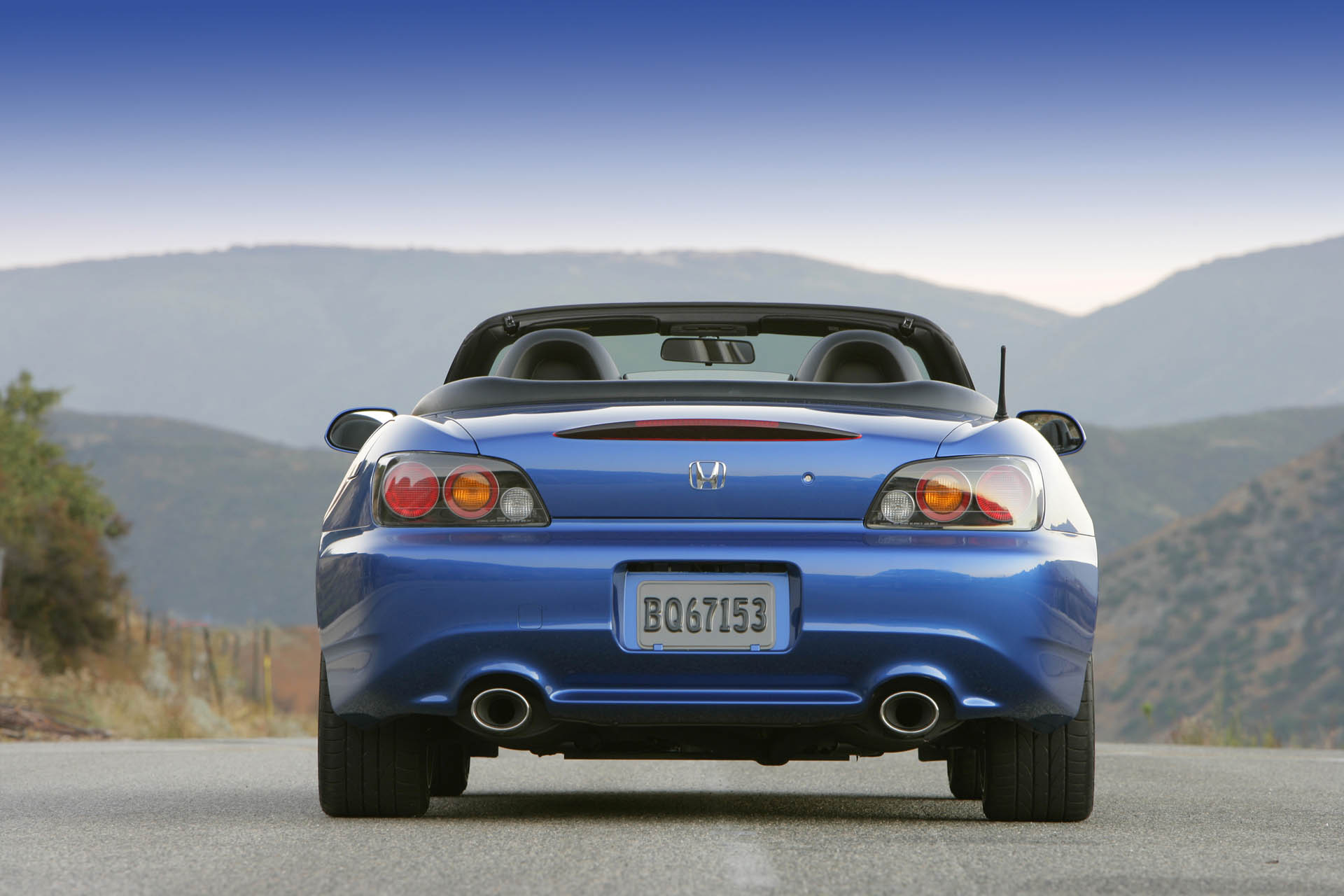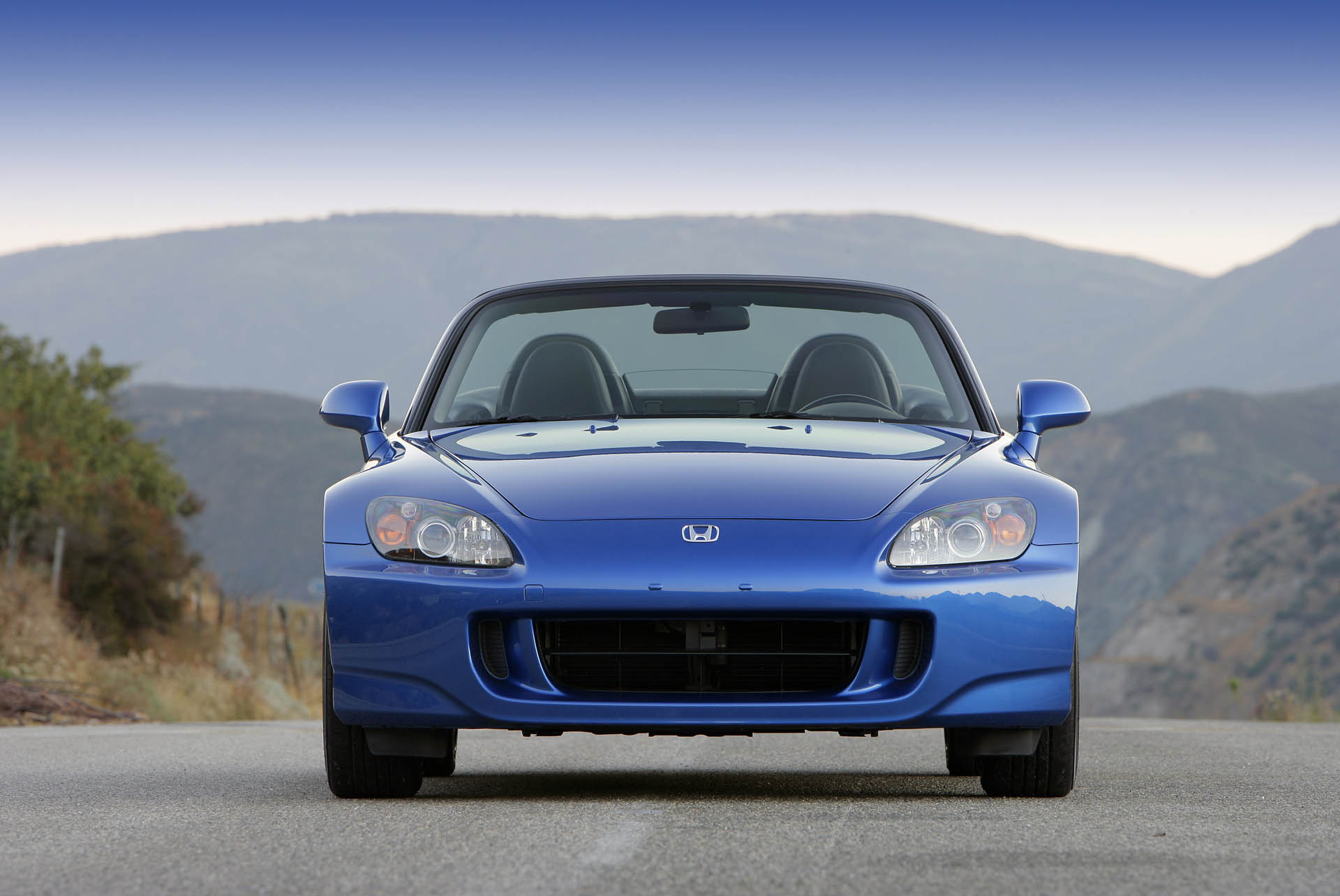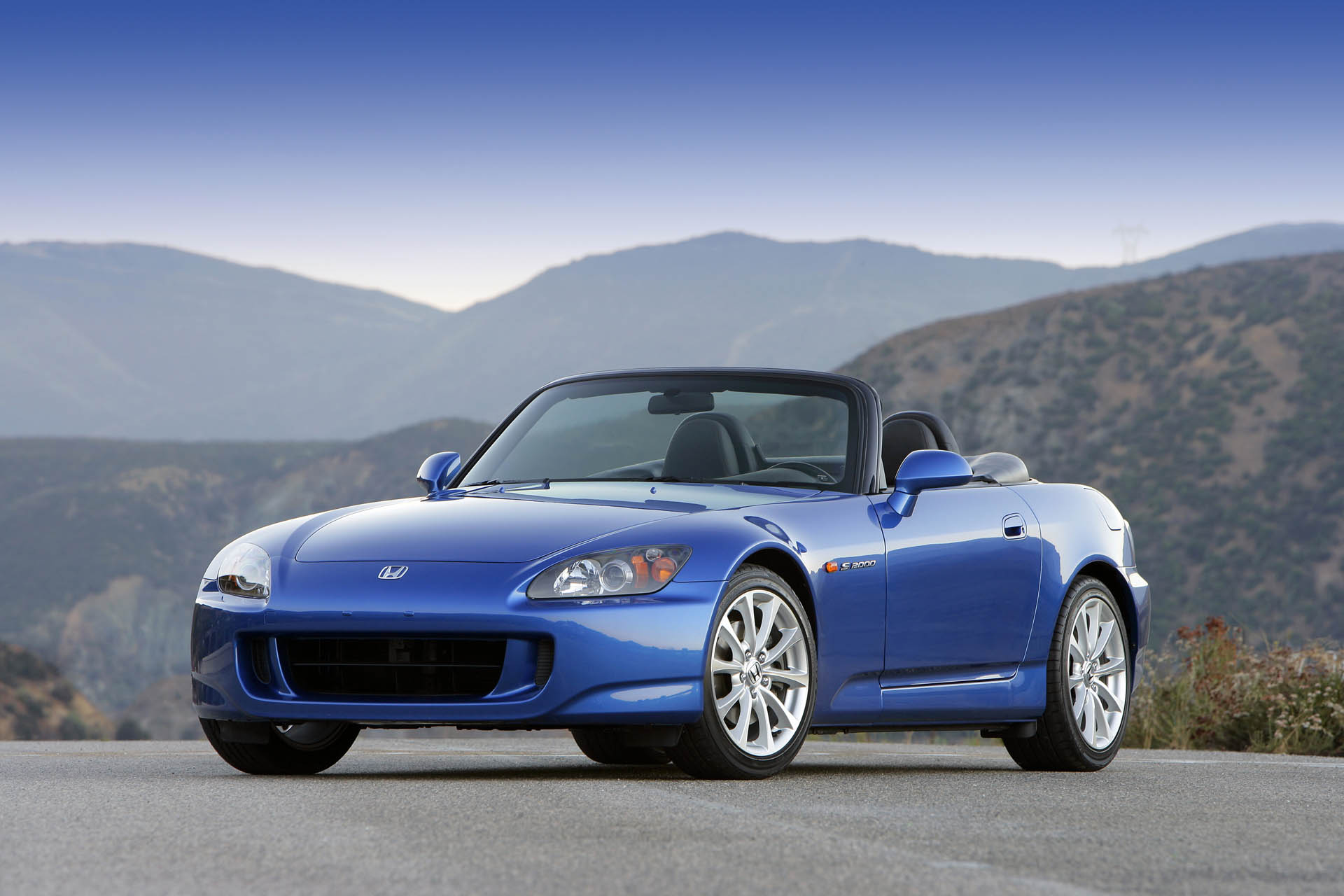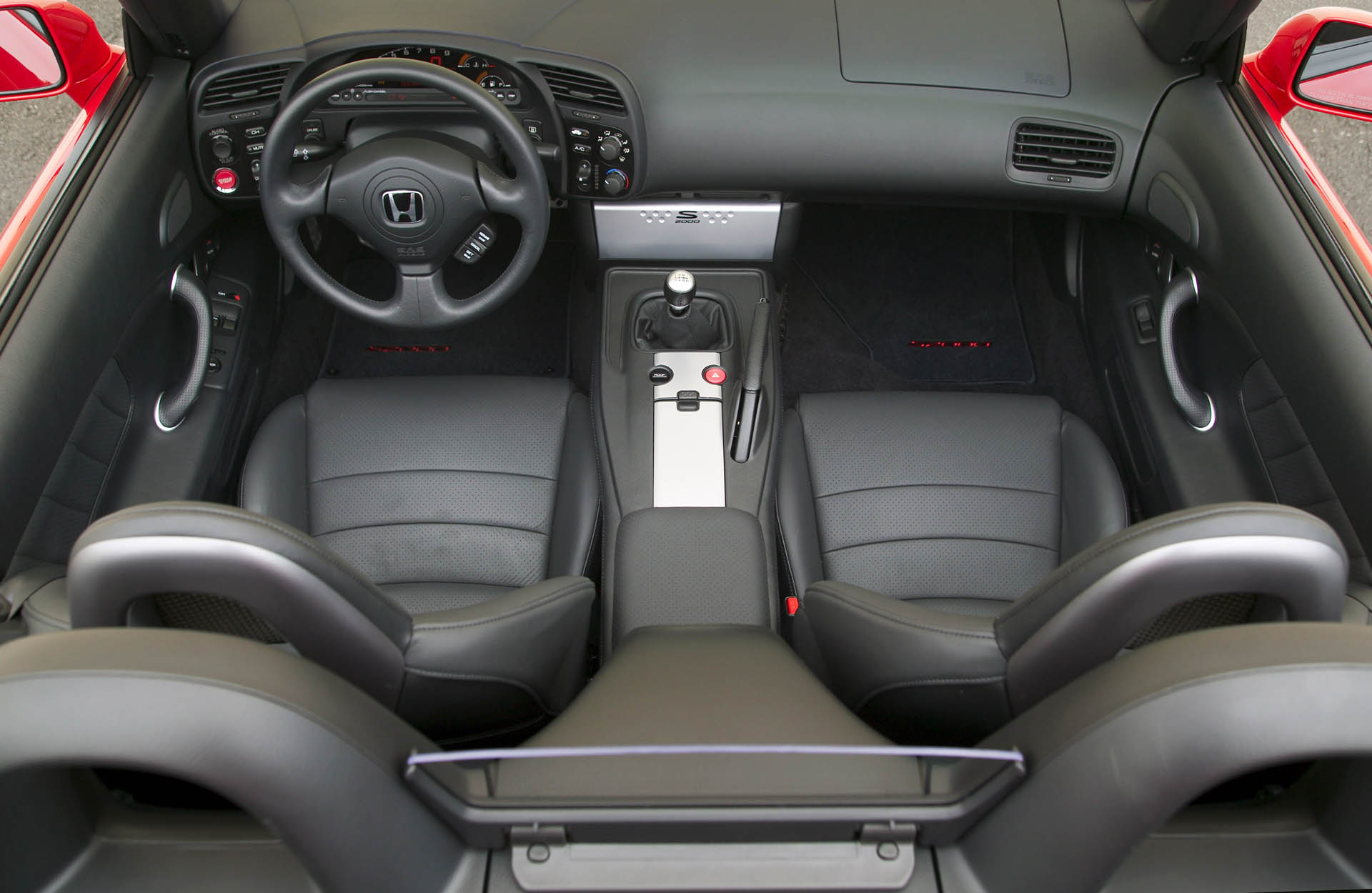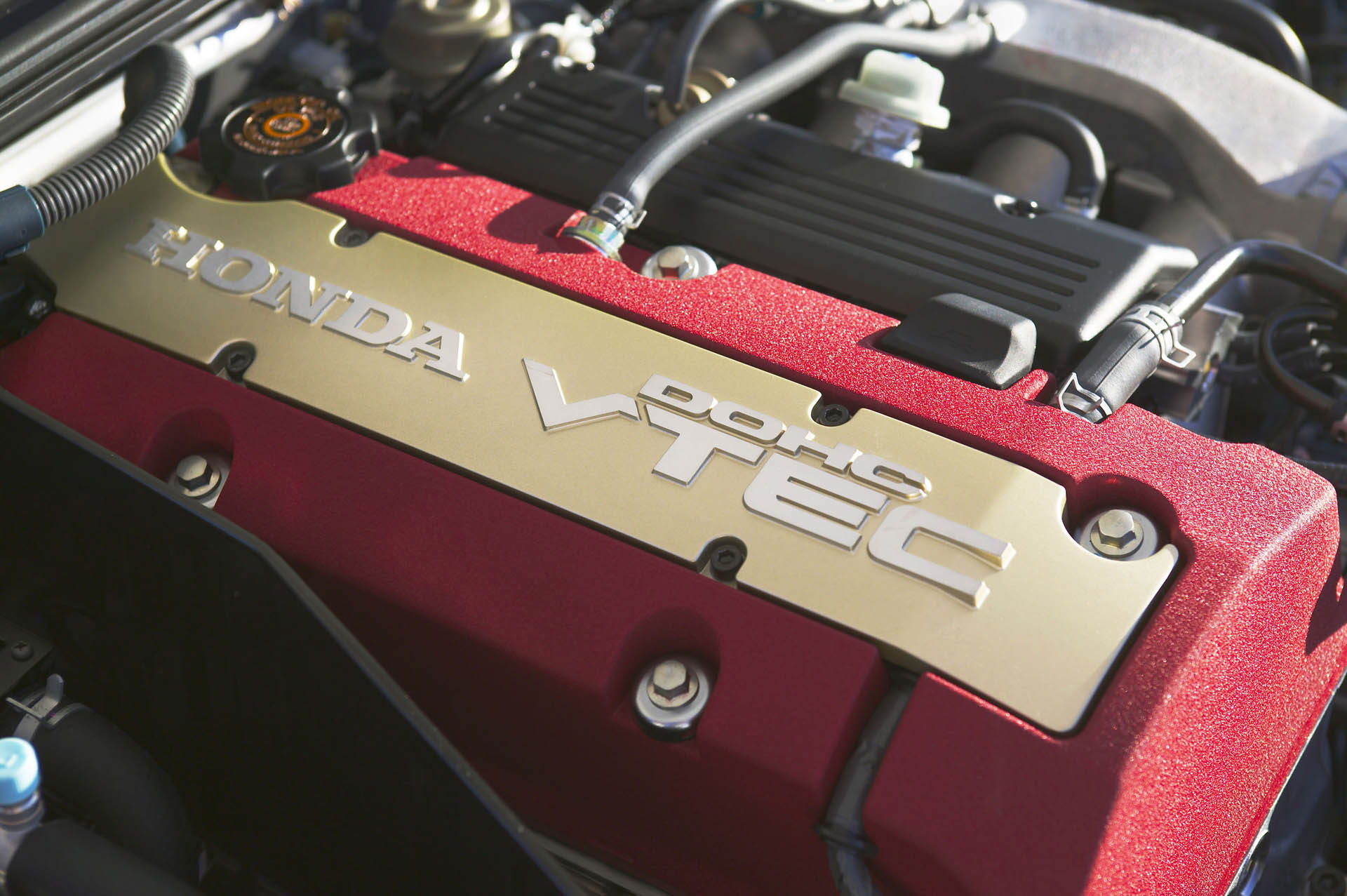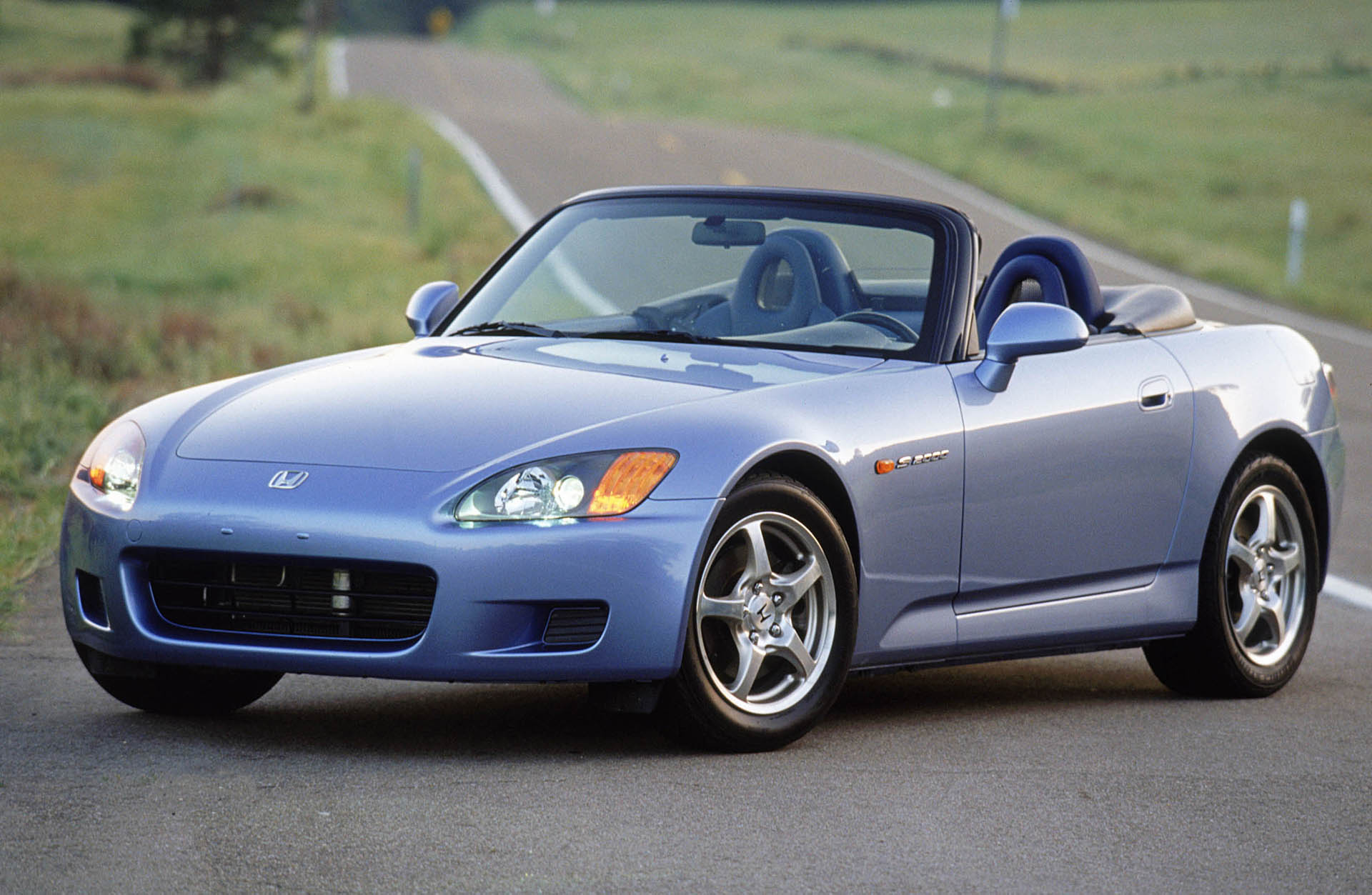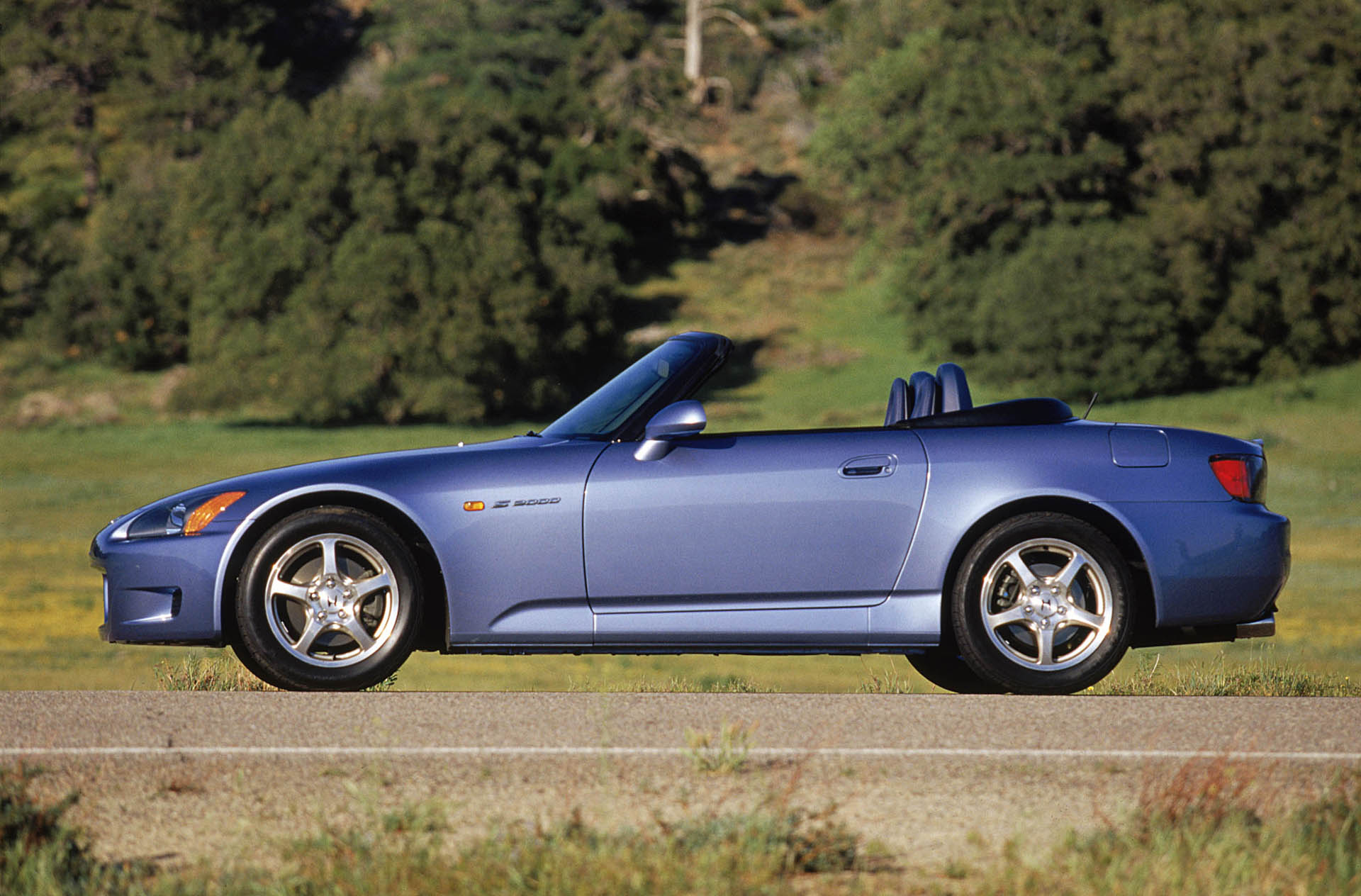Two seats, drop top, front engine, rear drive, stick shift. That’s the classic recipe for the roadster – but it’s one that’s increasingly hard to come by these days. That’s what makes the Honda S2000 such an enticing proposition.
Shame it’s been out of production for nearly a decade now. But you can still find some on the second-hand market. And if you want to know just what to look for when buying one, the classic-car gurus at Hagerty have you covered with its latest buyer’s guide.
The S2000, for those unfamiliar, was a highly strung roadster produced by Honda between 1999 and 2009. It packed a humble (but high-revving) VTEC four-pot, set back and low inside its nimble little chassis – ahead of the cockpit, but (largely) in between the axles. Like a flyweight 370Z Roadster, or an MX-5 Miata on speed. Far from a mass-market vehicle, it was developed by the same people and produced (at least initially) at the same facility as the original NSX, but was far more accessible.
Geared towards enthusiasts, Honda made barely more than 110,000 of them, compared to the million-plus Miatas that Mazda has produced to date. But despite the almost complete lack of creature comforts, the bulk of those – over 66,500 – were sold in the United States. So while you’ll have to look harder – much harder – than you would for an MX-5, finding an S2000 on the open market isn’t impossible.
Honda offered three versions of the S2000: the original AP1, the revised AP2, and the Club Racer. They were all essentially the same, but with some revisions made along the way. The AP2 lowered the redline and brought more torque and improved drivability (along with some cosmetic enhancements, retuned suspension, and an assortment of other alterations). The CR further tightened up the chassis, added a big rear wing, stripped some weight, and widened the rear tires.
The incremental enhancements are reflected in the marketplace, with Club Racers fetching the highest prices, followed by AP2s, and AP1s. Many have been modified, and some of those modifications can make it an even better car to drive – but the most original examples are the most valuable.
Hagerty also warns to watch out for rust and damage, outlines cost for parts, and the costly prospect of an engine rebuild. So if you’re in the market for one of the finest roadsters Japan ever produced, you’ll want to delve into all the details. You’ll be glad you did.



